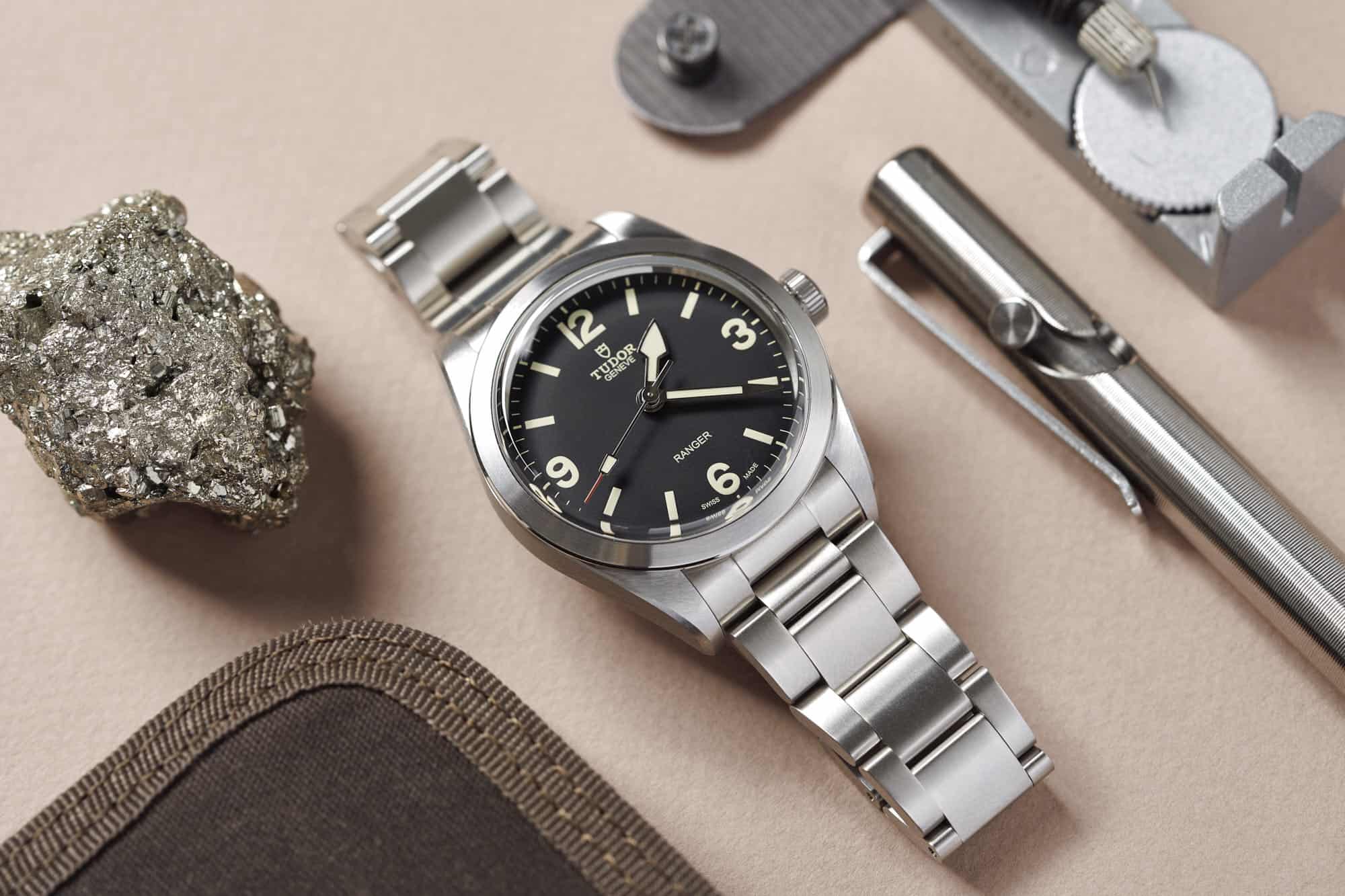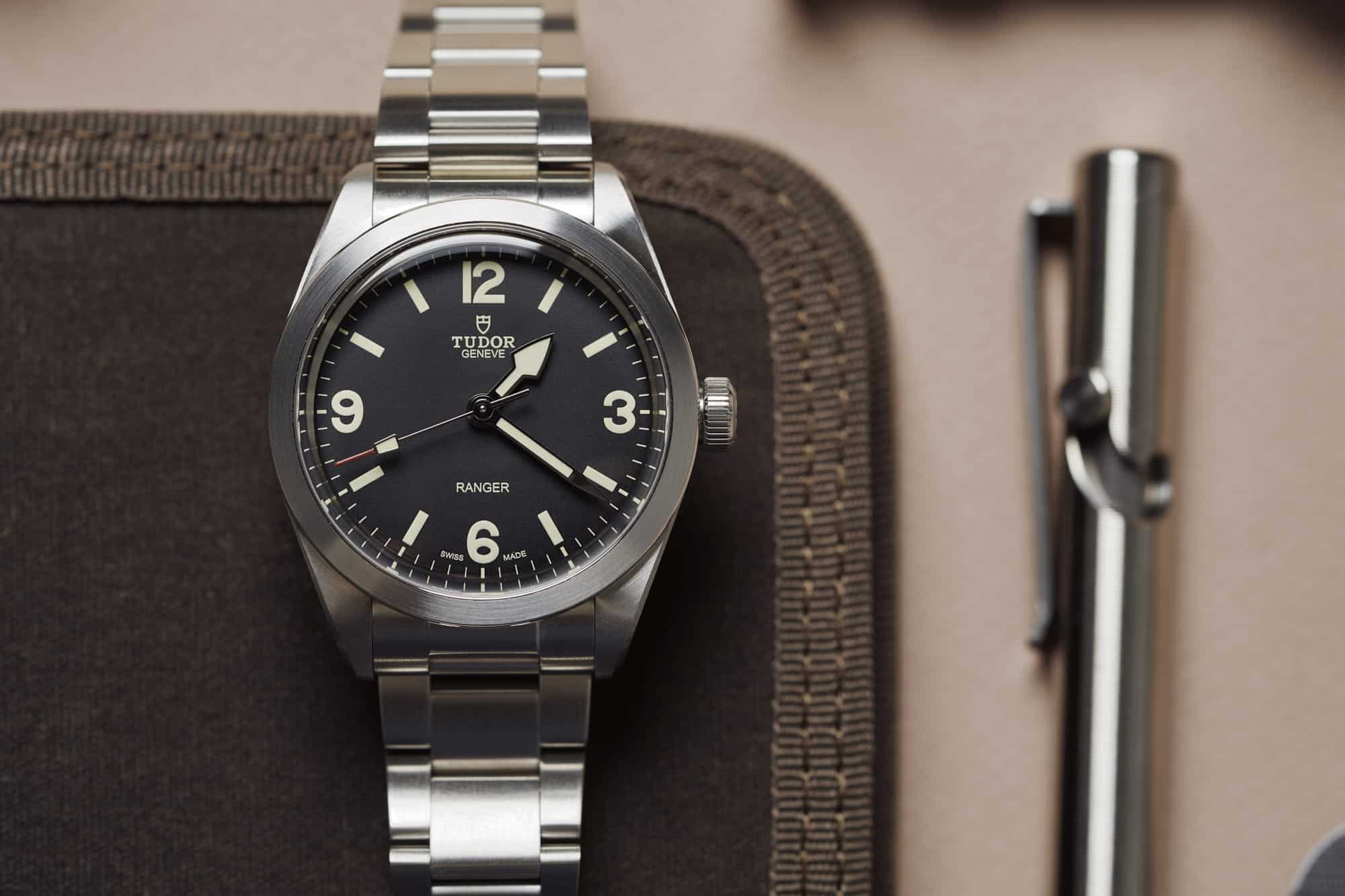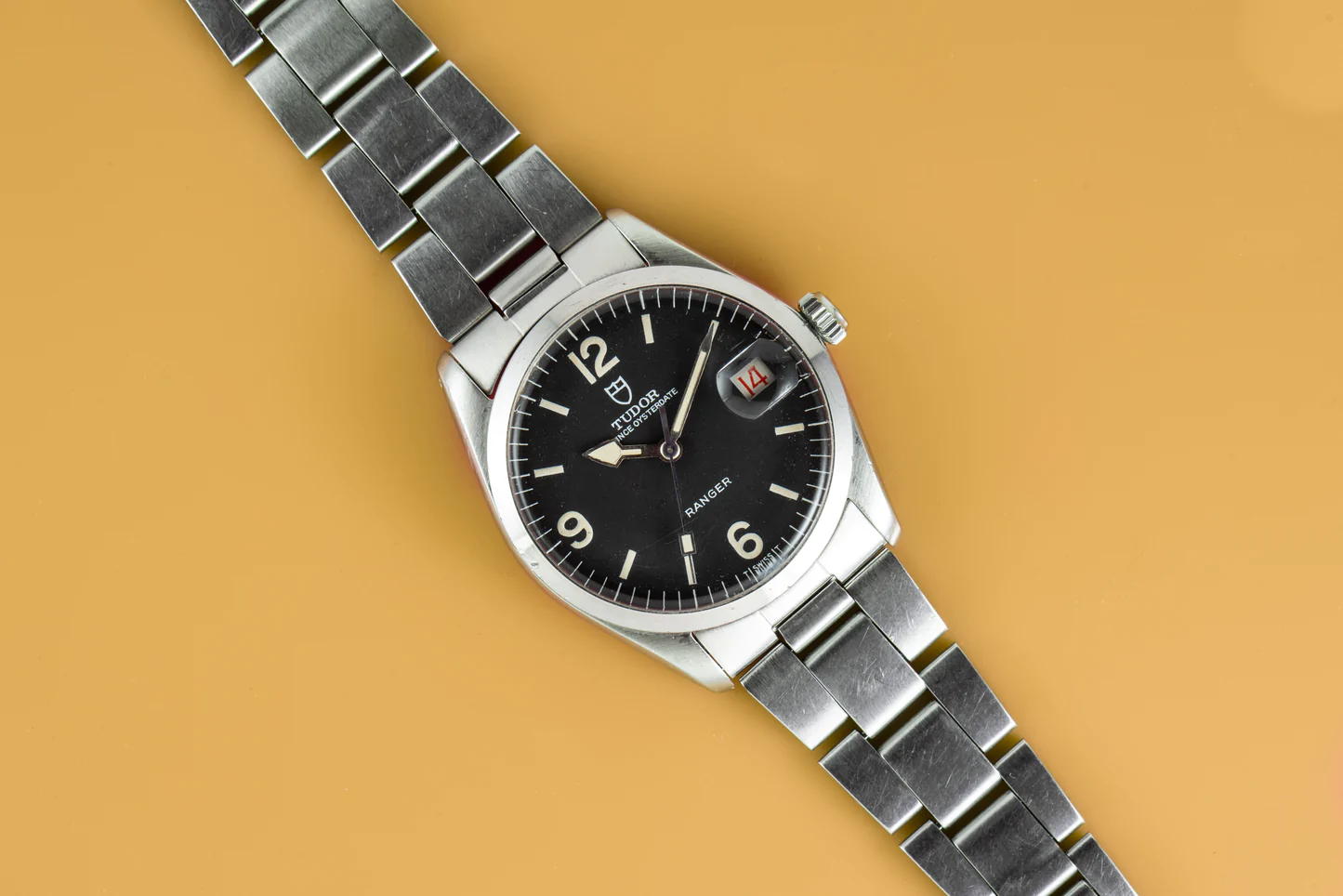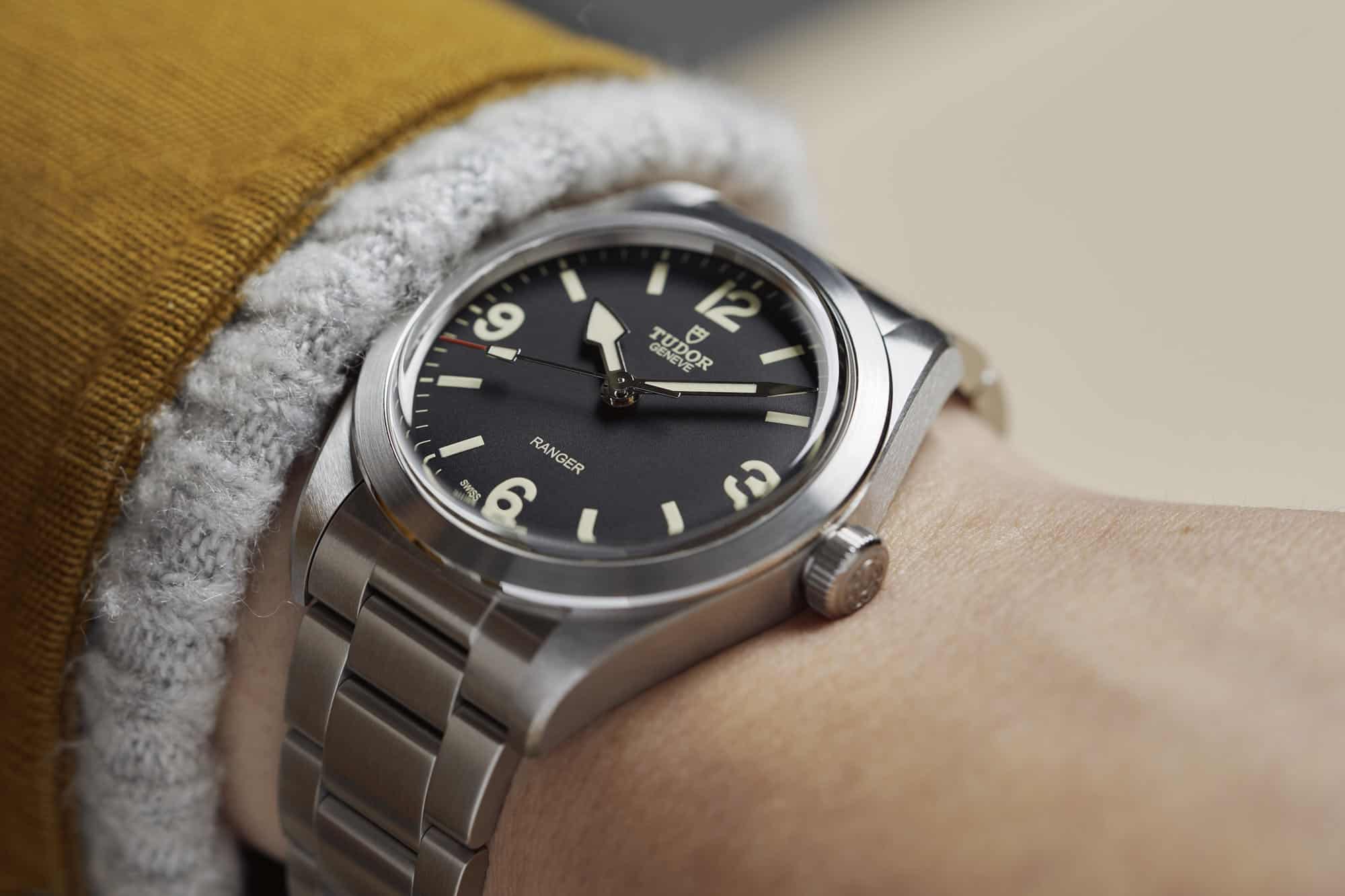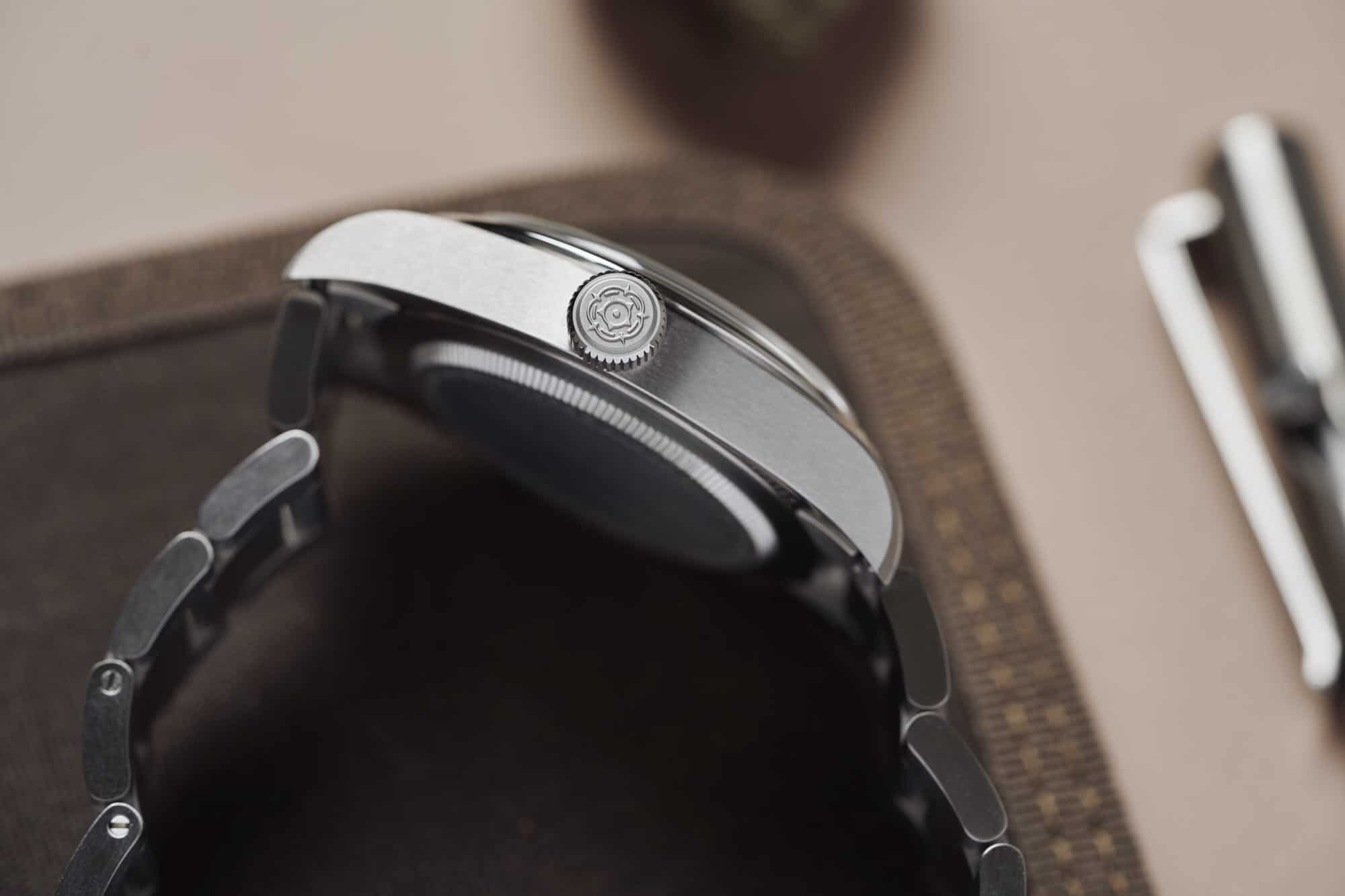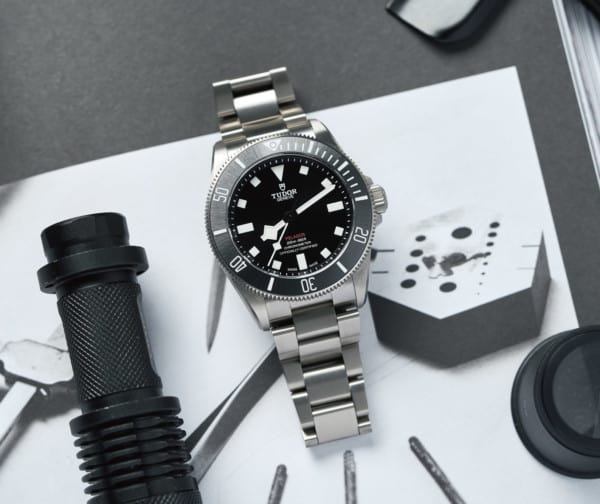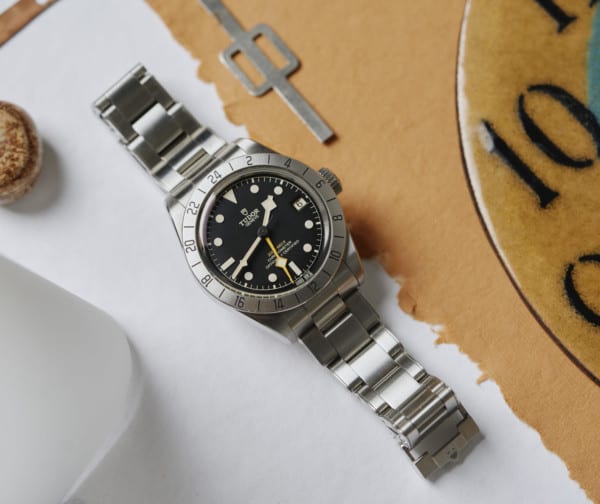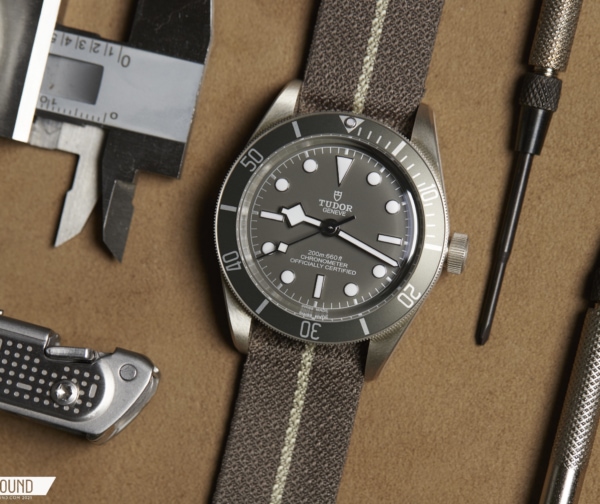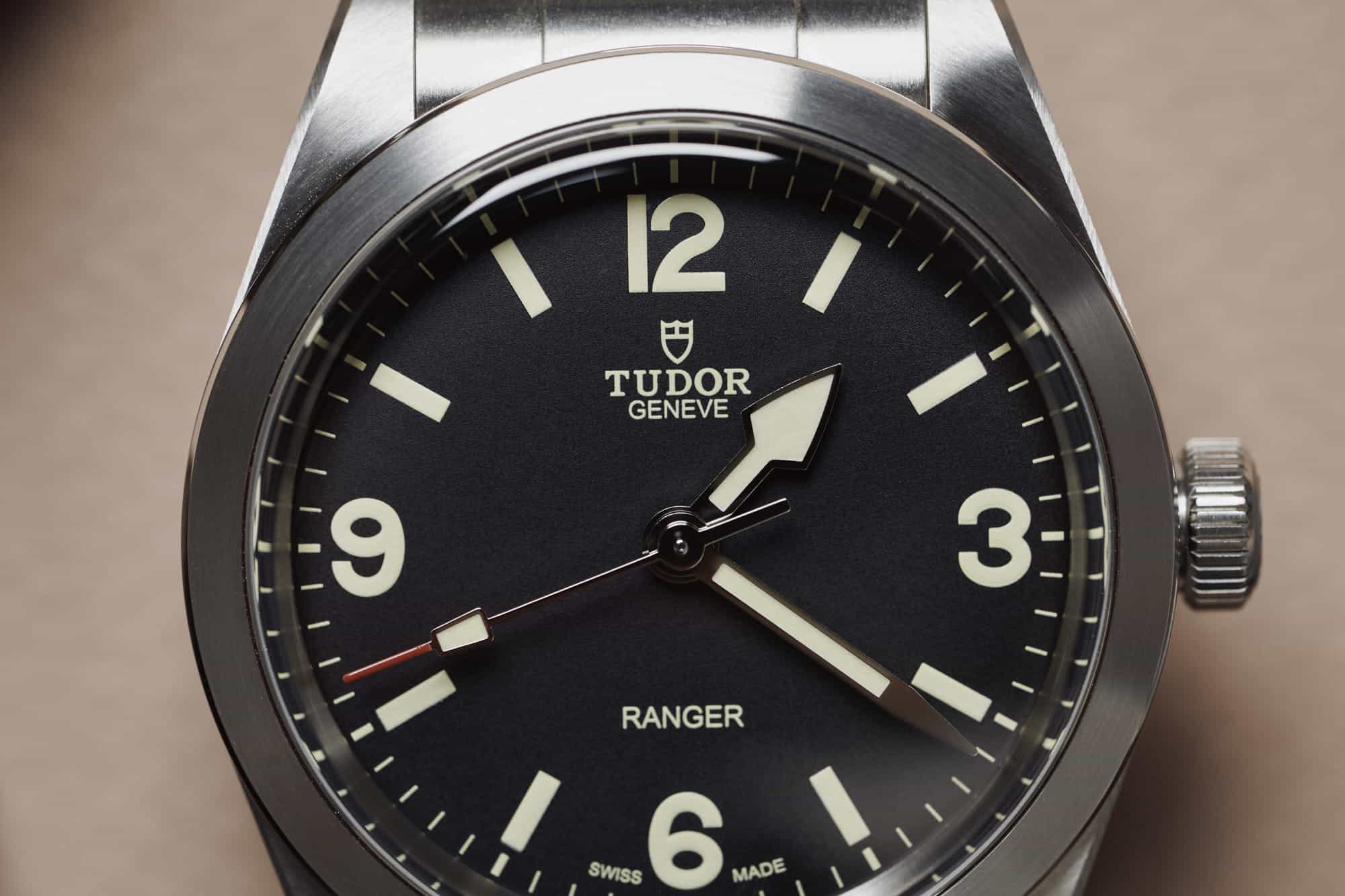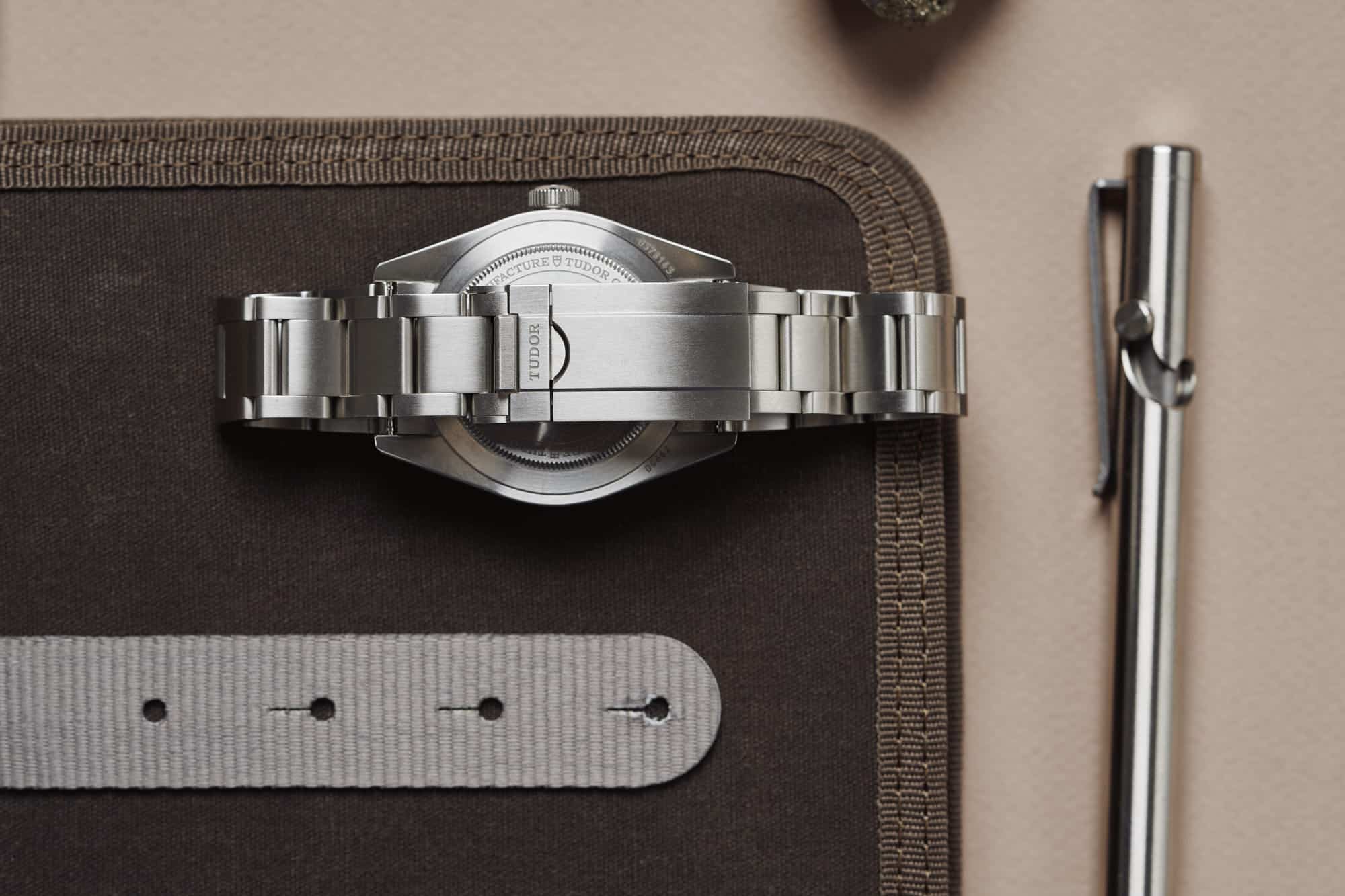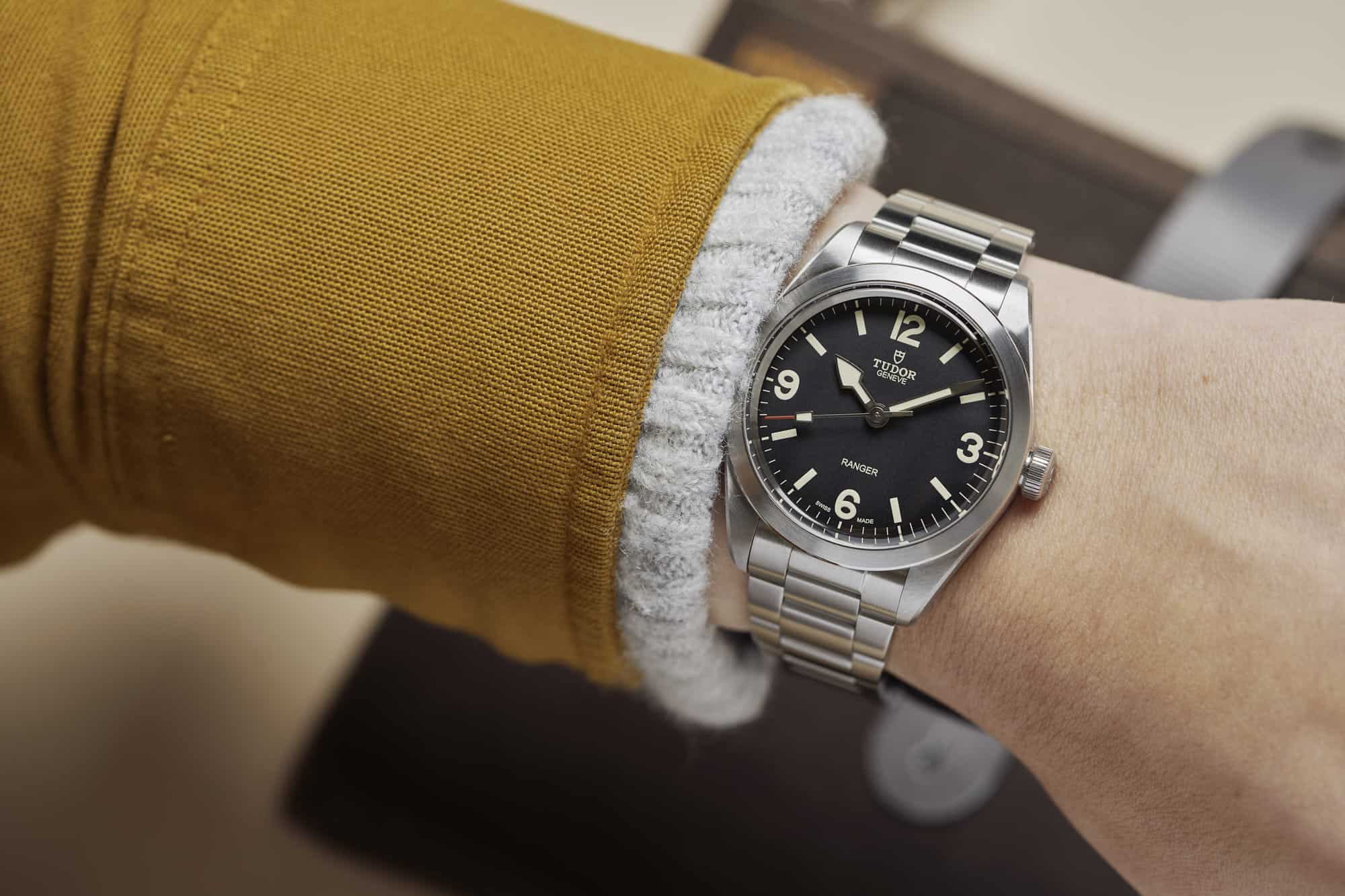Tudor had an incredible run last year in what was one for the books in regards to sport watches of all varieties. The Black Bay collection alone currently has over 60 different models that span a wide range of sizes, complications, and all sorts of precious metals. They have a solid offering of tool-specific watches with the deep diving Pelagos and an all-purpose field watch with the Ranger. So with their current lineup of go anywhere-do anything watches, how did Tudor actually have a big year?
Well in a way, they did so by going smaller, by bolstering their offering in the 39mm case space. Thirty-nine has been the magic number that seems to resonate the most among enthusiasts and is often deemed as the perfect size for a multitude of reasons, with wearability across a wider range of wrist sizes being the main one. They expanded their Black Bay line by adding a steel bezel GMT with the Black Bay Pro which for the most part kept the same case proportions as the Black Bay 58, including the 39mm case. They took the hardy Pelagos, eliminated the date, shaved a few hundred meters of water resistance, and compressed it into a 39mm case. And finally, in the dead of summer, they announced a new 39mm Ranger, which like the Pelagos, saw a reduction in case proportions, mainly with the case and lug width.









 Featured Videos
Featured Videos




